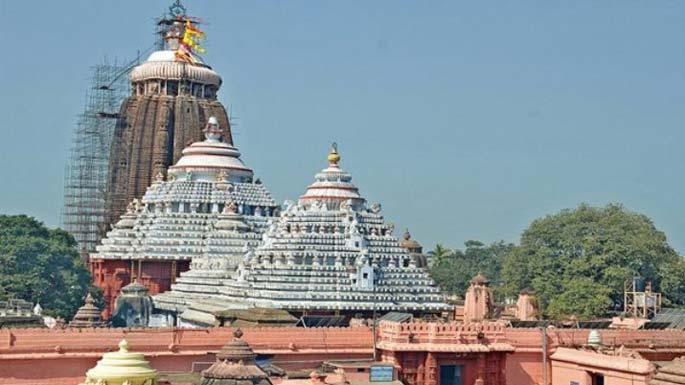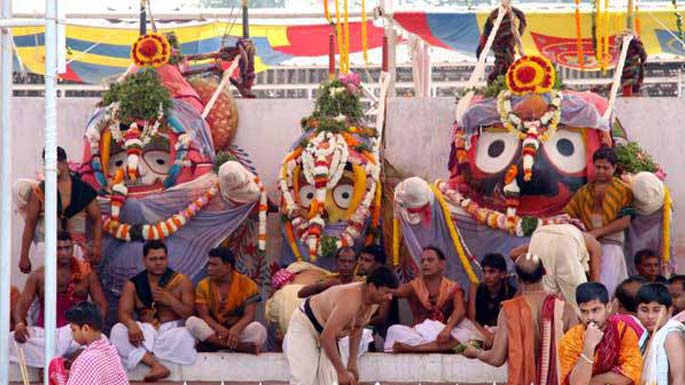
The JagannathPuri temple is famous worldwide and is one of the significant pilgrimage destinations. Located in Odhisa, India, the city Puri attracts lot of devotees round the year. The main deity is Lord Jagannath and is present in the city temple with his brother Balabhadra and sister Subhadra. JagannathPuri is one of the CharDhams and the annual “RathYatra” is the biggest festival celebrated in Puri.
Apart from being a pilgrim site, the Jagannath Temple is also an architectural masterpiece. Majestic and grand, the temple’s architecture is reflection of the skill and talent of the then builders and creators. The temple’s structure also unfolds a lot of aspects from the history.
The Architecture and Construction of Jagganath Temple, Puri
The temple is believed to be constructed in the era of Anangabhimadeva, who is also identified as Anangabhima III, from the Ganga Dynasty. The temple chronicle of Puri states that Anangabhimaproposed the construction of a temple, which was to be of 100 cubits in height and followed SrivatsaKhandasala architectural type. However it is believed that on the advice of royal priests, the height was reduced to 90 cubits. And today we see the magnificent structure standing as same as it was built at that time.
The Structure of The Temple
The main temple is comprised of 4 structures–
- Vimana or BadaDeula Sanctum– it is constructed over Pancharatha (five pagas or segments) in a curvilinear spire known as Rekha order. The five pagas have their specific names which are- Raha (the middle one), Anuraha (the two flanking pagas) and Kanika (the two corners).
- The Jagmohan or Mukhshala (the porch)
- The Natamandir (audience hall)
- The Bhogamandap (hall for residuary offerings)
All the four structures are built in axial alignment in east-west direction. The major portion of the temple is underground and only three moldings are visible that are intricately carved. The Puri temple structure shows the full-fledged Odishan templewith fourvertical divisions that are Pitha(pedestal), the Bada (wall), the Gandi (trunk) and the Mastaka (the head).
The Bada is Panchanga Type and consist of five elements-
- Pabaga(foot)
- Lower Jangha(shin)
- Bandhana(bond)
- Upper Jangha
- Baranda
The Mastakaconsists of
- Beki (neck)
- Amalaka( an Indian fruit )
- Khapuri (skull)
- Kalasa
- Ayudha (weapon)
Similarly each structure has unique name that signifies it purpose, function or program. All structures together offer gigantic look to the temple. The above mentioned structures are the most important elements in the temple. The temple has so many unique and symbolic carvings on the outer walls that decorate it and possess some meaning too. Overall to understand the architectural significance of the temple one must have to attain the knowledge of Indian temple architectures that were built in different dynastic eras as each dynasty followed its own format. Though Jagganath Temple architecture is very complicated to understand, the marvelous view of the temple is enough to tell the excellent skill that ancient India possessed.
To know more about Puri, Lord Jagannath, and the culture of the city stay tuned with us only on Hotel Holiday Resort Blog!


